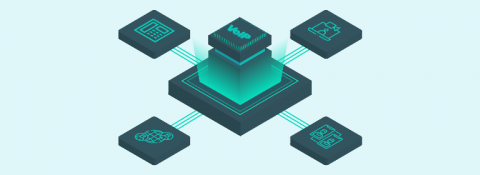Revisiting 2020, the year of the new normal
Compared to other years, 2020 has been a lot different in every single aspect; from how we all interacted to how we operated, everything changed. It was the year where the adjective "unprecedented" was overused. As the world embraced remote work policies, the only thing that remained unchanged was the fact that we operated uninterrupted and our customer support kept churning out replies to customers’ questions. It was business as usual for us.











